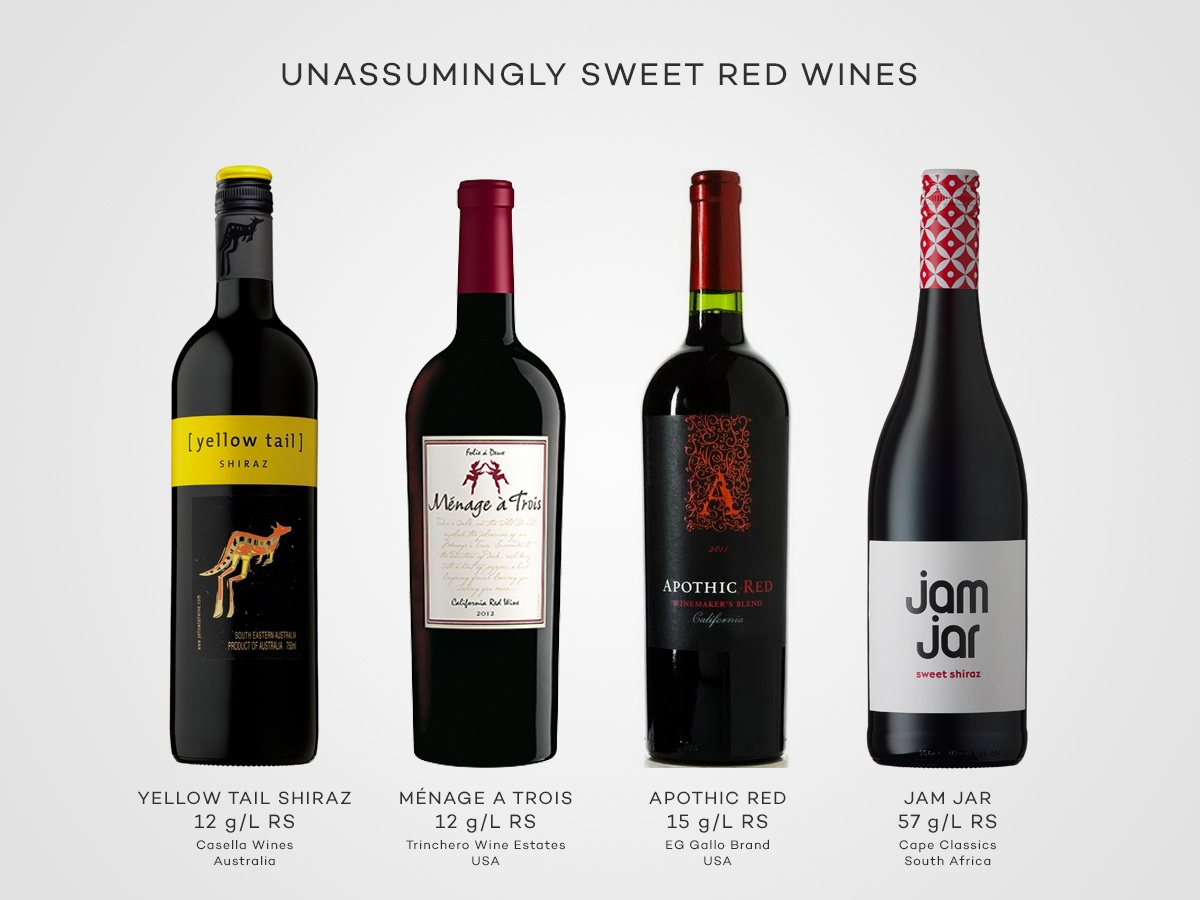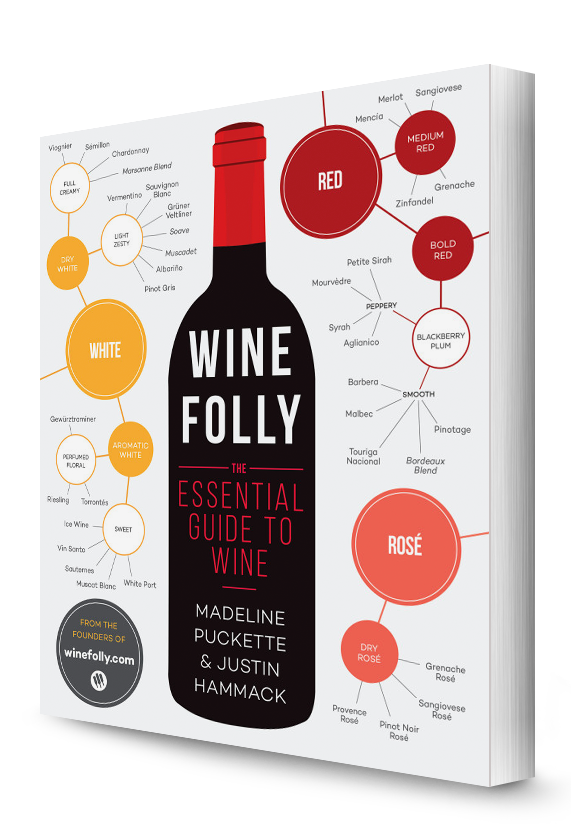We’ve talked about cheap vs. expensive wine before, but we’ve found some information that you’ll find intriguing, especially if you look for great wines at a good value. This article provides a theory based on conclusions from a groundbreaking economics study on wine (Goldstein, 2008).
Is Expensive Wine Worth It?
Personal opinion aside, most agree that a $20 wine tastes better than a $10 wine. But as the price increases, something strange happens:
- Expensive wines are enjoyed more by wine enthusiasts.
- Expensive wines are enjoyed slightly less by non-enthusiasts.
“In a sample of more than 6,000 blind tastings, we find that the correlation between price and overall rating is small and negative, suggesting that individuals [without wine training] on average enjoy more expensive wines slightly less. For individuals with wine training, however, we find indications of a positive relationship between price and enjoyment.”
Robin Goldstein “Do More Expensive Wines Taste Better?”
Why is this?
How come expensive wine doesn’t taste quite as good to non-enthusiasts? And, if this is true, are we better off remaining ignorant about the nuances of taste and wine? In this case, yes, ignorance is bliss, because we have a theory behind why this study produced conflicting results:
“Most cheap/bulk wine has residual sugar.”
We believe that the residual sugar used to improve the flavor of affordable wines (that is lacking in many fine wines) is the reason why cheap wines tend to rank equally to fine wines.
What is residual sugar?

12 g/L of RS is about a half teaspoon of sugar per 5 oz (150 ml) serving. On the high side, 57 g/L RS is about 2 teaspoons of sugar per serving. See Sweetness Chart
Sugar in wine is called residual sugar or RS. It doesn’t [usually] come from corn syrup or granulated sugar, but from the sugars found in the must (juice) of wine grapes and includes fructose and glucose. During winemaking, yeast typically converts all the sugar into alcohol making a dry wine. However, in some cases not all the sugar is fermented by the yeast leaving some sweetness leftover.
Why is residual sugar common in cheap wines?
This technique is common with all kinds of wines from cheap to expensive, but more commonly utilized as a method to improve the taste of wines made with lower quality grapes. More expensive wines do not need to use this technique because higher quality grapes produce richness without the need of RS.
What you might not know about our sense of taste with wine is most of us quantify quality as a sense of “richness” or “body” in wine. Since richness in wine can be achieved with sweetness (which you can’t easily taste), this could be why cheap wines performed equally, if not slightly better, than expensive wines in the study.

How to taste residual sugar in wine
Purchase a red wine with some residual sugar and taste it with a clean palate. You will notice:
- On first taste you will sense sweetness on the tip of your tongue. This sensation is slight and will fade so pay close attention.
- On the aftertaste, you will notice a residual oily sensation on the middle back of your tongue (similar to how your mouth feels after drinking soda).
- You will notice that the red wine will have a predominantly fruit-forward taste profile.
- If the wine is oak-aged, you’ll taste a smoke-like sweetness reminiscent of sweet tobacco on the finish.
Is Expensive Wine Worth It?
So why do expensive wines cost more and what are we paying for in the wine? Well, we decided to make a little chart to illustrate what you’re paying for when you buy cheap vs. expensive wine.

Cheap Wine
- small production is not possible
- less or no time in oak
- machine harvested grapes
- from a generalized region (e.g. “California”)
- A blend of wine grapes
- often contains residual sugar to add richness
Expensive Wine
- small production is possible
- extended time in French oak barrels
- hand harvested
- from a specific region (e.g. “Napa Valley”)
- made with premium single-varietal grapes
- little or no residual sugar
When it comes to valuing the worth of wine, we can see that the less we spend, the less money goes towards quality grapes. And while there are many tasty affordable wines, they must be produced in large quantities to be profitable. On the mass scale, many aspects change with winemaking to insure that the wine tastes consistent. Also, there are certain regions where the cost of grapes (such as Napa Valley) is such that the business will take a loss if they offer their wines for any less than a high price.
So, next time you pick up a bottle of wine, think about what went into it. And, if you’re looking for great value, here are some great articles about regions you might enjoy seeking out:
- Best Red Wines Under $10 (2015 Edition)
- Tips on Buying Good Cheap Wines
- Alternative Up-and-Coming Wine Regions in California
- Awesome Sparkling Wines That Won’t Break Your Budget
- 5 Undervalued Wine Regions Around the World
Empower Your Wine Buying Skills
Learn more about what wines to seek out and what wine regions to explore. Wine Folly: The Essential Guide to Wine is the wine drinker’s bible–a visual delight to look at and a powerful resource for knowing wine.
